NYU ITP graduate student Federico Zannier collected data about himself — online browsing, location, and keystrokes — for his thesis. As he dug into personal data more and looked closer at company privacy policies, he wondered what it might be like if individuals profited from their own data. That is, companies make money using the data we passively generate while we browse and use applications and visit sites. What if individuals owned that data and were able to sell it?
Enter Zannier’s Kickstarter campaign to sell his own data for $2 per day of activity.
I started looking at the terms of service for the websites I often use. In their privacy policies, I have found sentences like this: “You grant a worldwide, non-exclusive, royalty-free license to use, copy, reproduce, process, adapt, modify, publish, transmit, display and distribute such content in any and all media or distribution methods (now known or later developed).” I’ve basically agreed to give away a lifelong, international, sub-licensable right to use my personal data.
Somebody told me that we live in the data age, that the silicon age is already over. “In this new economy,” they said, “data is the oil.”
Well, this is me trying to do something about it.
Clearly this is more of a statement and conversation starter, but what if?
There’s about a week left in the campaign, and it’s well past the goal.

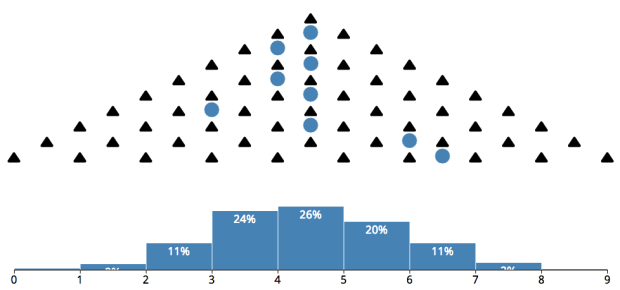

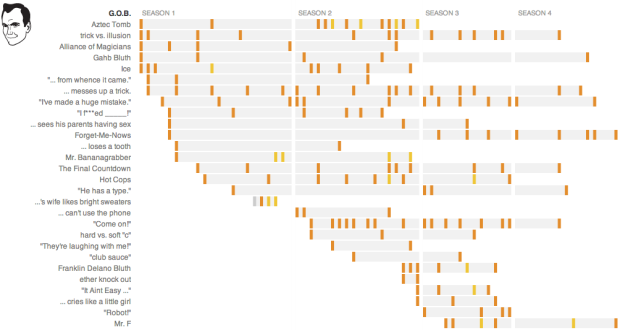

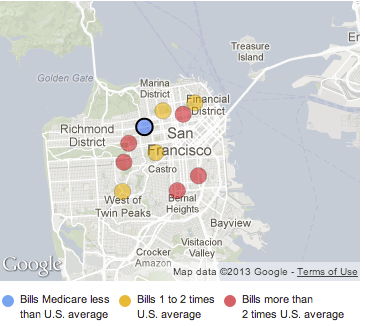
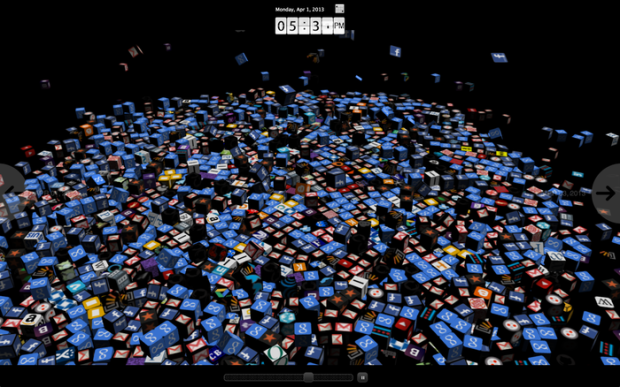

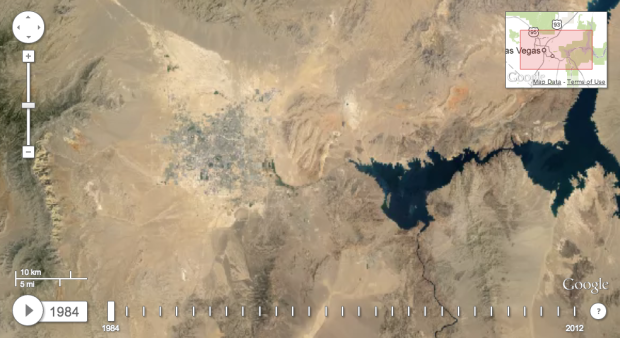

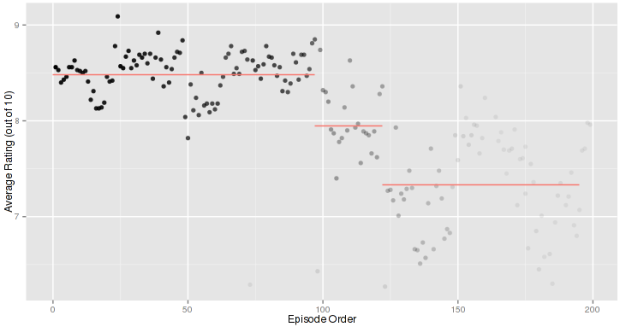










 Visualize This: The FlowingData Guide to Design, Visualization, and Statistics
Visualize This: The FlowingData Guide to Design, Visualization, and Statistics
